Home>Kitchen & Cooking>Kitchen Gadgets & Utensils>How To Make Flatware Jewelry
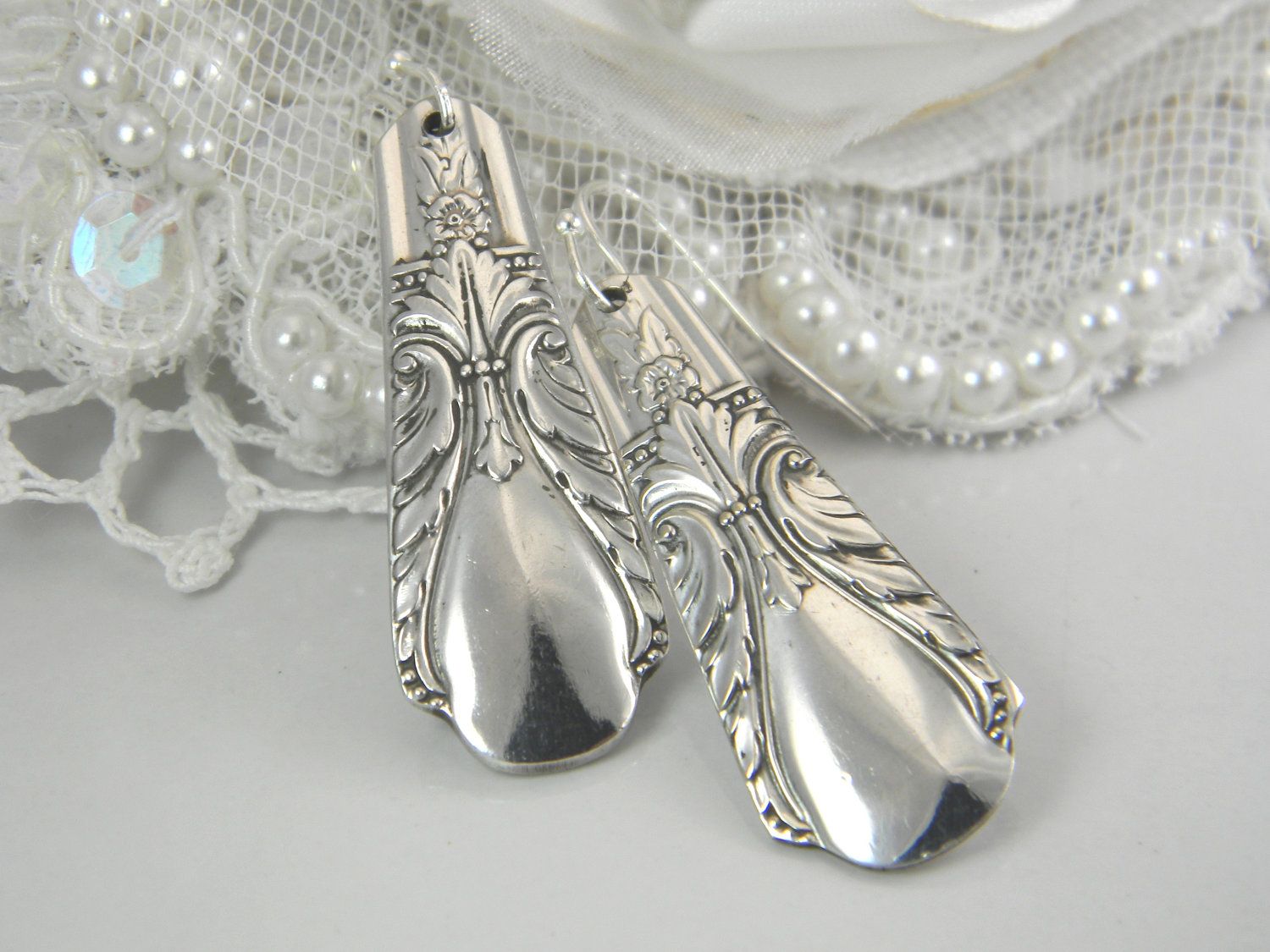

Kitchen Gadgets & Utensils
How To Make Flatware Jewelry
Published: February 1, 2024
Learn how to repurpose kitchen gadgets and utensils into stunning jewelry pieces with our step-by-step guide on making flatware jewelry. Discover unique designs and techniques!
(Many of the links in this article redirect to a specific reviewed product. Your purchase of these products through affiliate links helps to generate commission for Storables.com, at no extra cost. Learn more)
Introduction
Creating jewelry from flatware is a fascinating and rewarding craft that allows you to transform ordinary utensils into unique and stylish accessories. Whether you're a seasoned jewelry maker or a beginner looking for a creative outlet, flatware jewelry making offers a blend of artistry and practicality. By repurposing vintage or unused flatware, you can breathe new life into these everyday items, giving them a fresh purpose and aesthetic appeal.
The process of crafting flatware jewelry involves a combination of metalworking techniques, creativity, and attention to detail. From elegant rings and bracelets to eye-catching earrings and pendants, the possibilities are endless when it comes to designing and crafting your own flatware jewelry pieces. Not only does this craft allow you to express your individual style, but it also provides an opportunity to contribute to sustainable practices by upcycling materials that might otherwise go to waste.
In this comprehensive guide, we will explore the art of making flatware jewelry, covering everything from selecting the right flatware to mastering basic techniques and adding the finishing touches to your creations. Whether you're drawn to the rustic charm of vintage silverware or the sleek modernity of stainless steel, there's a wide range of flatware options to suit your preferences and design inspirations. With the right tools, materials, and know-how, you can embark on a fulfilling journey of transforming flatware into stunning, wearable art.
As we delve into the world of flatware jewelry making, you'll discover the joy of turning humble utensils into one-of-a-kind accessories that reflect your creativity and craftsmanship. Whether you're making jewelry for personal use, gifting to loved ones, or considering selling your creations, this guide will equip you with the knowledge and skills to embark on this captivating craft. So, let's dive in and unlock the potential of flatware as a versatile and captivating medium for jewelry making.
Key Takeaways:
- Transform ordinary flatware into stunning jewelry pieces by mastering basic metalworking techniques and selecting the right utensils that align with your design vision and personal style.
- Elevate your flatware jewelry business by showcasing the upcycled story, utilizing online platforms, and offering customization options to connect with environmentally conscious consumers and build a strong brand presence.
Read more: What Is Flatware?
Choosing the Right Flatware
When it comes to creating flatware jewelry, the first step is selecting the right utensils to work with. The type of flatware you choose will significantly influence the style and aesthetic of your jewelry pieces. Here are some key considerations to keep in mind when choosing flatware for your jewelry-making endeavors:
Material
The material of the flatware plays a crucial role in determining the overall look and feel of the jewelry. Common materials used in flatware include stainless steel, silver, and silver-plated metal. Each material offers distinct characteristics, from the timeless elegance of silver to the durability and modern appeal of stainless steel. Consider the aesthetic you wish to achieve and select flatware that aligns with your design vision.
Style and Design
Flatware comes in a variety of styles and designs, ranging from classic and ornate to sleek and contemporary. Vintage silverware often features intricate patterns and embellishments, adding a touch of nostalgia and charm to jewelry pieces. On the other hand, modern stainless steel flatware exudes a minimalist and industrial aesthetic. Choose flatware that resonates with your personal style and complements the design direction you have in mind for your jewelry.
Condition
Inspect the condition of the flatware before making your selection. Look for pieces that are free from significant dents, scratches, or tarnishing, as these imperfections can affect the quality and appearance of the finished jewelry. While minor wear and patina can add character to vintage flatware, ensure that the overall condition is suitable for crafting into jewelry.
Read more: How To Store Flatware
Availability
Consider the availability of the flatware patterns and designs you are interested in. Vintage flatware patterns may be limited in quantity, making them more unique and sought after for jewelry making. Conversely, contemporary flatware designs offer a wider selection and may be more readily accessible for crafting multiple pieces of jewelry.
By carefully considering the material, style, condition, and availability of flatware, you can make informed choices that align with your creative vision and jewelry-making goals. Whether you're drawn to the timeless allure of silver or the contemporary appeal of stainless steel, the right flatware sets the foundation for crafting exquisite and distinctive jewelry pieces.
Tools and Materials Needed
Crafting flatware jewelry requires a set of essential tools and materials to bring your creative vision to life. Whether you're a novice or an experienced jewelry maker, having the right equipment and supplies is crucial for achieving professional results. Here's a comprehensive list of the tools and materials you'll need to embark on your flatware jewelry-making journey:
Tools:
- Jeweler's Saw: A jeweler's saw with fine blades allows for precise cutting of flatware, enabling you to create intricate shapes and designs.
- Metal Files: High-quality metal files are essential for smoothing rough edges and refining the details of your jewelry pieces.
- Jeweler's Pliers: A set of jeweler's pliers, including flat-nose, round-nose, and chain-nose varieties, facilitates bending, shaping, and securing metal components.
- Bench Block: A sturdy bench block provides a solid surface for hammering and shaping metal without causing damage to your work surface.
- Metal Hammer: A non-marring metal hammer is used in conjunction with the bench block for flattening and texturing metal surfaces.
- Drill and Bits: A small hand drill with metal drill bits allows for creating holes in flatware to accommodate jump rings and other findings.
- Sanding and Polishing Tools: Sandpaper, polishing cloths, and polishing compounds are essential for refining the finish of your jewelry pieces, achieving a professional luster.
Materials:
- Flatware: Select a variety of flatware pieces, such as spoons, forks, and butter knives, in the desired material and design for your jewelry projects.
- Jump Rings and Findings: Stock up on an assortment of jump rings, clasps, earring hooks, and other findings in compatible metal finishes to assemble your jewelry pieces.
- Lubricant: Using a lubricant, such as beeswax or bur life, on your saw blades and drill bits helps reduce friction and prolongs the life of your cutting and drilling tools.
- Protective Gear: Safety goggles and gloves are essential for protecting your eyes and hands during metalworking processes, ensuring a safe and comfortable working environment.
By equipping yourself with these tools and materials, you'll be well-prepared to embark on the exciting journey of crafting flatware jewelry. With a combination of creativity, precision, and the right resources, you can transform flatware into stunning, handcrafted jewelry pieces that reflect your unique style and artistry.
Read more: What Is Silver-Plated Flatware
Basic Techniques for Flatware Jewelry Making
Crafting jewelry from flatware involves mastering a range of fundamental metalworking techniques to transform ordinary utensils into wearable works of art. Whether you're shaping a spoon into a pendant or fashioning a fork into a ring, understanding these basic techniques is essential for creating stunning flatware jewelry pieces. Here are the key techniques to master:
Cutting and Shaping
Using a jeweler's saw and metal files, cutting and shaping flatware allows you to create custom shapes and designs for your jewelry pieces. Whether it's trimming the handle of a spoon to form a unique pendant or fashioning the tines of a fork into a distinctive ring, precision cutting and shaping are foundational techniques in flatware jewelry making.
Hole Drilling
Drilling holes in flatware is necessary for attaching jump rings, clasps, and other findings to assemble your jewelry pieces. A small hand drill with metal drill bits enables you to create precise holes in the flatware, providing the means to connect components and bring your designs to life.
Bending and Forming
Jeweler's pliers are essential for bending and forming flatware into desired shapes. Whether you're creating gentle curves in a spoon handle or shaping a fork tine into a decorative element, mastering the art of bending and forming allows you to bring fluidity and dimension to your jewelry designs.
Read more: What Is Silver-Plated Flatware Worth
Texturing and Hammering
Adding texture and dimension to flatware jewelry pieces can be achieved through texturing and hammering techniques. Using a metal hammer and bench block, you can create unique surface patterns and finishes, adding visual interest and character to your jewelry creations.
Finishing and Polishing
Sanding, polishing cloths, and compounds are used to refine the finish of your jewelry pieces, achieving a professional luster and smoothness. This final step in the jewelry-making process enhances the visual appeal of the flatware, elevating it from a utilitarian object to a polished and refined accessory.
By mastering these basic techniques, you'll gain the skills and confidence to transform flatware into captivating jewelry pieces that reflect your creativity and craftsmanship. Whether you're drawn to the elegance of vintage silverware or the modern allure of stainless steel, these techniques form the foundation for bringing your flatware jewelry designs to fruition.
Creating Rings and Bracelets
Crafting rings and bracelets from flatware presents an exciting opportunity to repurpose utensils into stylish and distinctive jewelry pieces. Whether you're drawn to the sleek lines of stainless steel or the timeless elegance of silver, transforming flatware into rings and bracelets requires a blend of creativity and precision. Here's a detailed look at the process of creating rings and bracelets from flatware:
Ring Making Process
To create a ring from flatware, start by selecting a suitable piece of flatware, such as a spoon handle or the stem of a fork. Using a jeweler's saw, carefully cut the desired section of the flatware to form the ring band. Next, shape the cut piece around a mandrel or ring sizer to achieve the desired ring size and shape. Using jeweler's pliers, bend and refine the metal to ensure a comfortable fit and a seamless finish. Texturing and hammering techniques can be employed to add unique patterns and visual interest to the ring band. Finally, the ring can be polished to achieve a professional luster, resulting in a stunning and personalized piece of flatware jewelry.
Read more: How To Tell If Flatware Is Silver
Bracelet Making Process
Crafting a bracelet from flatware involves similar techniques, with a focus on shaping and forming the metal to create a wearable and aesthetically pleasing accessory. Select a section of flatware, such as the handle of a spoon or fork, and carefully cut and shape it to form the bracelet's base. Bending and forming the metal around a bracelet mandrel or other cylindrical object helps achieve the desired shape and size. Texturing and hammering techniques can be applied to add decorative elements and visual appeal to the bracelet. Once the shaping and texturing are complete, the bracelet is polished to a high sheen, resulting in a unique and eye-catching piece of flatware jewelry.
By mastering the art of creating rings and bracelets from flatware, you can transform ordinary utensils into wearable art that reflects your individual style and craftsmanship. Whether you're crafting jewelry for personal use, gifting to loved ones, or considering selling your creations, the process of making rings and bracelets from flatware offers a fulfilling and creative outlet for expressing your unique vision and passion for jewelry making.
Making Earrings and Pendants
Crafting earrings and pendants from flatware presents an opportunity to infuse everyday utensils with creativity and style, resulting in unique and personalized accessories. Whether you prefer the sleek simplicity of stainless steel or the timeless allure of silver, transforming flatware into earrings and pendants requires a blend of precision and artistic flair. Here's a detailed look at the process of making earrings and pendants from flatware:
Earring Making Process
To create earrings from flatware, begin by selecting suitable pieces of flatware, such as spoon handles or decorative elements from forks. Using a jeweler's saw, carefully cut the desired sections of the flatware to form the earring components. Consider the design and shape you wish to achieve, whether it's a simple geometric form or a more intricate and ornate pattern.
Once the flatware pieces are cut, they can be shaped and refined using jeweler's pliers and metal files to achieve the desired earring design. Bending and forming the metal allows for the creation of elegant curves or angular shapes, depending on your design vision. Texturing and hammering techniques can be employed to add visual interest and unique surface patterns to the earrings, enhancing their aesthetic appeal.
After the shaping and texturing are complete, the earrings can be assembled with ear wires or posts, ensuring a secure and comfortable fit for wearing. Polishing the earrings to a high sheen adds the finishing touch, resulting in stunning and individualized pieces of flatware jewelry that are ready to adorn and complement any outfit.
Pendant Making Process
Crafting pendants from flatware follows a similar process, with a focus on creating distinctive and eye-catching jewelry pieces. Select a section of flatware, such as a decorative element from a spoon or fork, and carefully cut and shape it to form the pendant. Consider the size and design of the pendant, whether it's a minimalist shape or a more elaborate and detailed motif.
Bending and forming the metal allows for the creation of unique pendant shapes, whether it's a sleek and modern silhouette or a vintage-inspired design. Texturing and hammering techniques can be applied to add depth and character to the pendant, enhancing its visual appeal and creating a captivating focal point.
Once the shaping and texturing are complete, the pendant can be paired with a chain or cord to create a complete necklace. Polishing the pendant to a professional luster elevates it from a simple flatware element to a refined and personalized jewelry piece that adds a touch of individuality to any ensemble.
By mastering the art of making earrings and pendants from flatware, you can transform ordinary utensils into wearable art that reflects your creativity and style. Whether you're crafting jewelry for personal use, gifting to loved ones, or considering selling your creations, the process of making earrings and pendants from flatware offers a fulfilling and creative outlet for expressing your unique vision and passion for jewelry making.
Read more: How To Place Flatware On The Table
Finishing and Polishing Techniques
The finishing and polishing stage is a critical aspect of flatware jewelry making, as it elevates the pieces from raw metal to refined, eye-catching accessories. This transformative process involves refining the surface of the jewelry to achieve a professional luster and smoothness, enhancing its overall aesthetic appeal. Here are the essential techniques and methods used to bring out the best in flatware jewelry:
Sanding
Sanding is the initial step in the finishing process, aimed at smoothing out any rough edges, imperfections, or tool marks on the metal surface. Starting with coarser grit sandpaper and progressing to finer grits, this method ensures that the jewelry pieces have a uniform and flawless texture, setting the stage for subsequent polishing.
Polishing Cloths and Compounds
Polishing cloths, often made of soft, lint-free materials, are used in conjunction with polishing compounds to achieve a high shine on the metal surface. The compounds, which come in various grits, are applied to the cloth and used to buff the jewelry, gradually refining the finish to a brilliant sheen. This method is particularly effective in bringing out the natural luster of silver and stainless steel.
Tumbling
Tumbling involves placing the jewelry pieces in a rotary tumbler along with abrasive media and a polishing compound. As the tumbler rotates, the abrasive media and compound work to gently abrade the metal surface, resulting in a smooth and polished finish. This method is especially useful for achieving a consistent shine on multiple pieces simultaneously.
Read more: What To Look For In Flatware
Buffing
Buffing, often performed with a motorized buffing wheel and polishing compounds, is a technique that imparts a mirror-like finish to the jewelry. By carefully maneuvering the jewelry against the spinning buffing wheel while applying the appropriate compound, artisans can achieve a flawless and gleaming surface, enhancing the visual allure of the flatware pieces.
Ultrasonic Cleaning
Ultrasonic cleaning is a method used to remove any residual dirt, debris, or polishing compound from the jewelry pieces. By immersing the pieces in a specialized cleaning solution and subjecting them to ultrasonic vibrations, this process ensures that the jewelry emerges clean and free of any contaminants, ready for display or wear.
By employing these finishing and polishing techniques, jewelry makers can elevate flatware pieces into exquisite and refined accessories that exude quality and craftsmanship. Whether creating rings, bracelets, earrings, or pendants, the finishing touches applied during this stage play a pivotal role in bringing out the inherent beauty of the flatware and showcasing it in its best light.
Tips for Selling and Displaying Your Flatware Jewelry
Selling and displaying flatware jewelry requires strategic planning and a keen understanding of the market and consumer preferences. Whether you're considering selling your creations at craft fairs, online marketplaces, or through your own boutique, effective presentation and marketing can significantly impact the success of your jewelry business. Here are valuable tips for selling and displaying your flatware jewelry:
1. Identify Your Target Audience
Understanding your target market is essential for tailoring your jewelry designs and marketing efforts. Consider the demographic and style preferences of potential customers to create jewelry pieces that resonate with their tastes and lifestyles.
Read more: How To Clean Nickel Bronze Flatware
2. Showcase the Upcycled Story
Highlight the eco-friendly and sustainable aspects of flatware jewelry by emphasizing the repurposed nature of the materials. Communicating the upcycled story behind your jewelry can appeal to environmentally conscious consumers and add value to your creations.
3. Professional Photography
Invest in high-quality photography to showcase your jewelry pieces in the best light. Clear, well-lit images that capture the details and craftsmanship of the jewelry can significantly enhance their appeal and attract potential buyers.
4. Create Engaging Displays
When selling at craft shows or markets, thoughtfully designed displays can draw attention to your jewelry booth. Consider using vintage-inspired props, elegant fabric backdrops, and creative arrangements to showcase your flatware jewelry in a visually appealing and cohesive manner.
5. Utilize Online Platforms
Leverage the power of online marketplaces and social media to reach a broader audience. Establishing a strong online presence through professional websites, e-commerce platforms, and social media channels can expand your customer base and facilitate sales beyond local markets.
Read more: How To Clean Gold-Plated Flatware
6. Offer Customization Options
Providing customization options, such as personalized engravings or custom designs, can attract customers seeking unique and meaningful jewelry pieces. This personalized approach can set your flatware jewelry apart and foster customer loyalty.
7. Collaborate with Retailers
Explore partnerships with local boutiques, gift shops, and artisanal stores to showcase and sell your flatware jewelry. Collaborating with retailers can increase the visibility of your brand and provide access to established customer bases.
8. Provide Educational Content
Educate potential customers about the craftsmanship and artistry behind flatware jewelry through blog posts, videos, or in-person demonstrations. Sharing insights into the jewelry-making process can cultivate appreciation for the unique qualities of your creations.
9. Offer Packaging and Care Instructions
Present your jewelry pieces in attractive and branded packaging, accompanied by care instructions. Thoughtful packaging enhances the perceived value of the jewelry and ensures that customers can maintain their pieces for years to come.
Read more: How To Polish Silver-Plated Flatware
10. Seek Feedback and Adapt
Regularly seek feedback from customers and industry peers to refine your designs and marketing strategies. Adapting to consumer preferences and market trends can position your flatware jewelry business for sustained growth and success.
By implementing these tips for selling and displaying your flatware jewelry, you can effectively showcase your creations, connect with your target audience, and build a strong brand presence in the competitive jewelry market. Whether you're a seasoned jewelry maker or embarking on a new entrepreneurial venture, these strategies can elevate your flatware jewelry business and attract discerning customers who appreciate the artistry and uniqueness of your creations.
Conclusion
In conclusion, the art of making flatware jewelry is a captivating blend of creativity, craftsmanship, and sustainability. From selecting the right flatware to mastering essential techniques and adding the finishing touches, this craft offers a fulfilling and versatile avenue for expressing individual style and artistry. By repurposing ordinary utensils into unique and stylish accessories, jewelry makers can contribute to sustainable practices while creating pieces that resonate with personal and consumer preferences.
The process of crafting flatware jewelry encompasses a range of techniques, from cutting and shaping to finishing and polishing, each contributing to the transformation of raw materials into refined and visually appealing jewelry pieces. Whether creating rings, bracelets, earrings, or pendants, the versatility of flatware as a medium allows for endless design possibilities, catering to diverse tastes and aesthetic preferences.
Furthermore, the upcycled nature of flatware jewelry adds a compelling narrative to each piece, appealing to environmentally conscious consumers and those seeking distinctive, eco-friendly accessories. By showcasing the repurposed story behind the jewelry, artisans can connect with individuals who appreciate the sustainable ethos and unique charm of upcycled creations.
Selling and displaying flatware jewelry requires a strategic approach, encompassing market research, effective presentation, and engagement with potential customers. Leveraging online platforms, collaborating with retailers, and offering customization options are key strategies for reaching a broader audience and establishing a strong brand presence in the jewelry market.
Overall, the journey of making flatware jewelry is a rewarding and enriching pursuit, offering opportunities for personal expression, entrepreneurial endeavors, and environmental stewardship. Whether creating jewelry for personal enjoyment, gifting to loved ones, or establishing a thriving jewelry business, the art of flatware jewelry making holds the potential to captivate and inspire both artisans and admirers alike. With a combination of skill, passion, and a commitment to sustainability, flatware jewelry makers can continue to shape the landscape of contemporary jewelry design while honoring the heritage and craftsmanship of these timeless materials.
Frequently Asked Questions about How To Make Flatware Jewelry
Was this page helpful?
At Storables.com, we guarantee accurate and reliable information. Our content, validated by Expert Board Contributors, is crafted following stringent Editorial Policies. We're committed to providing you with well-researched, expert-backed insights for all your informational needs.
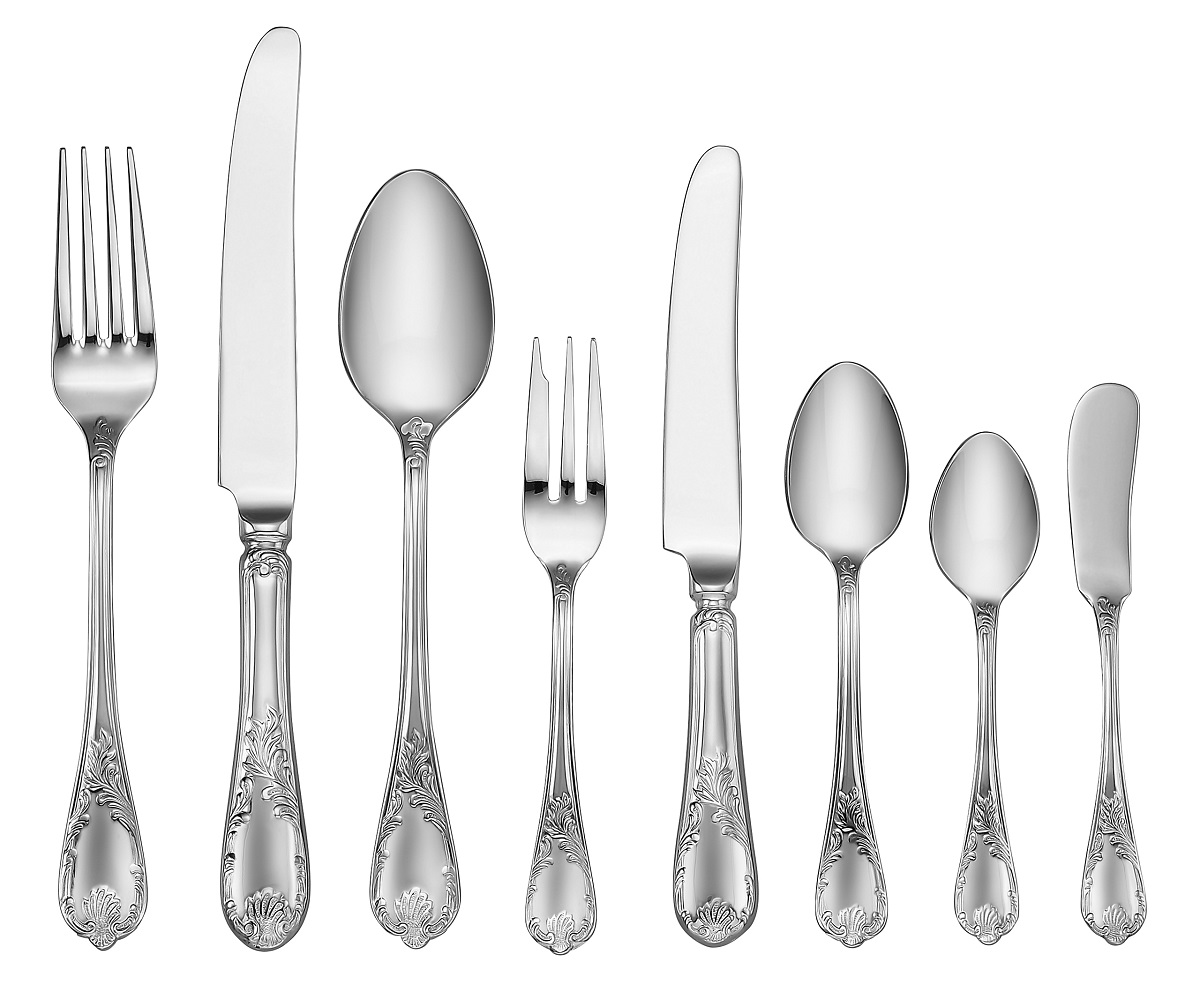
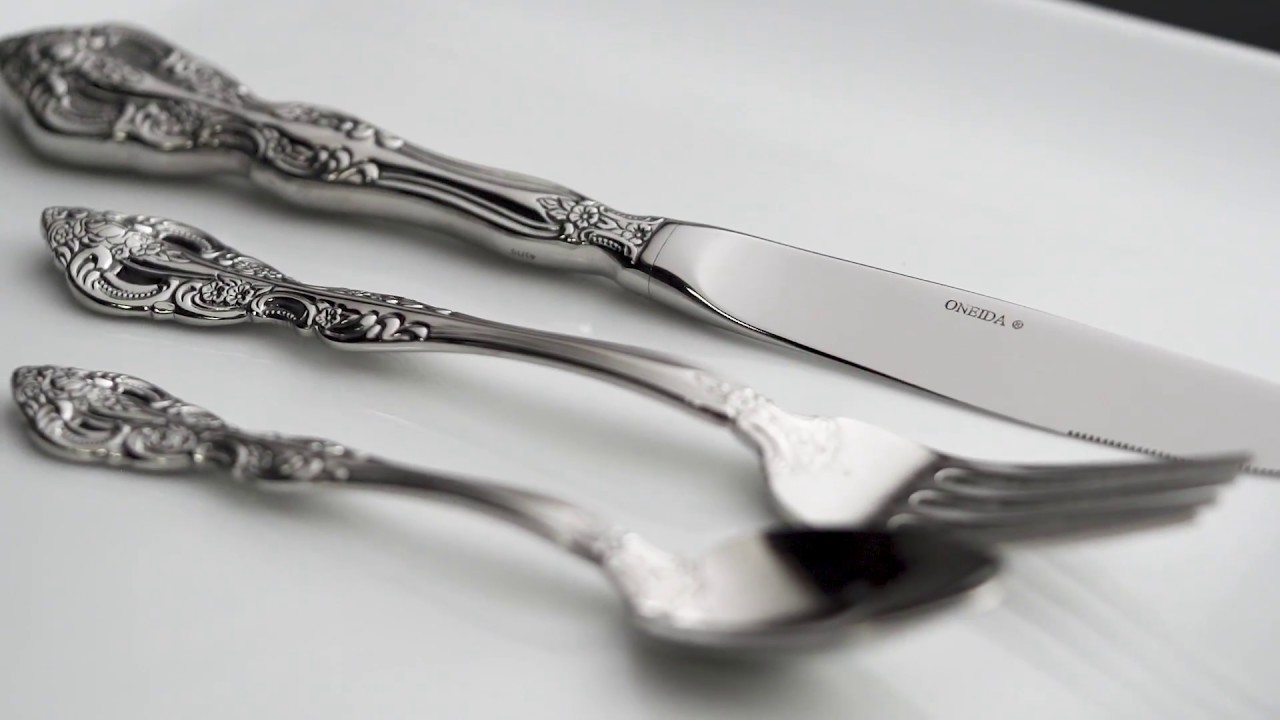
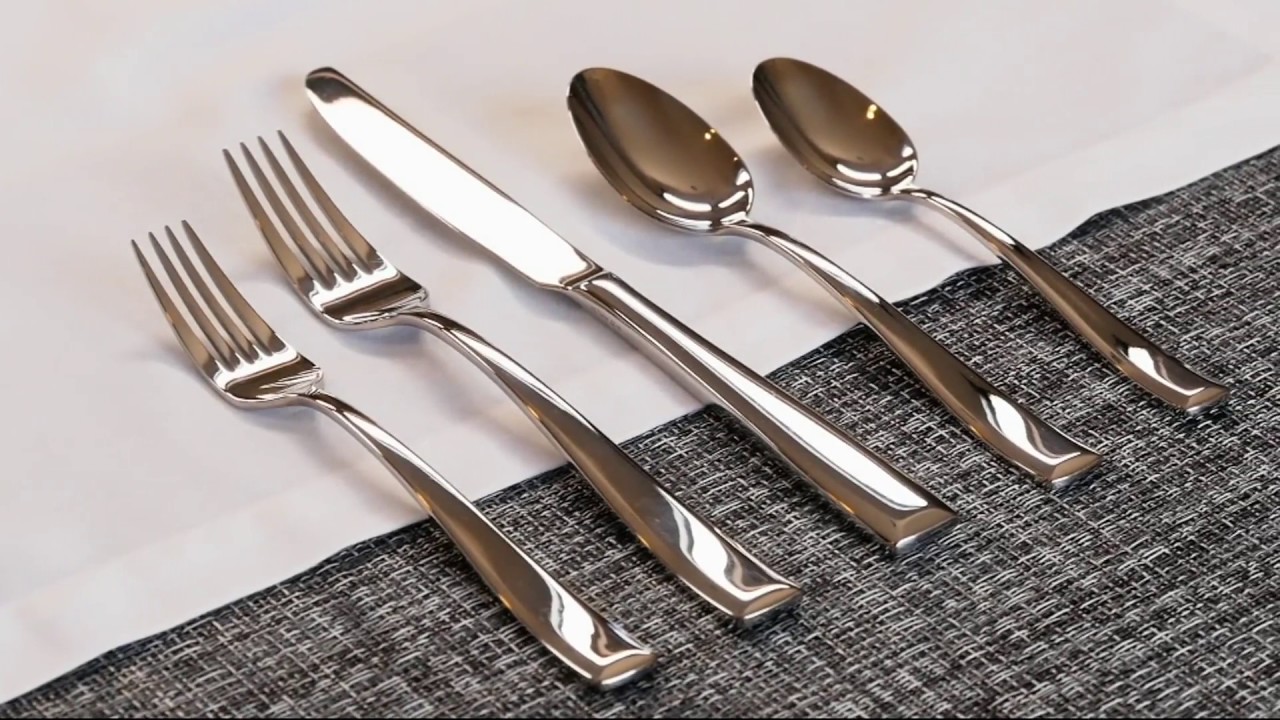
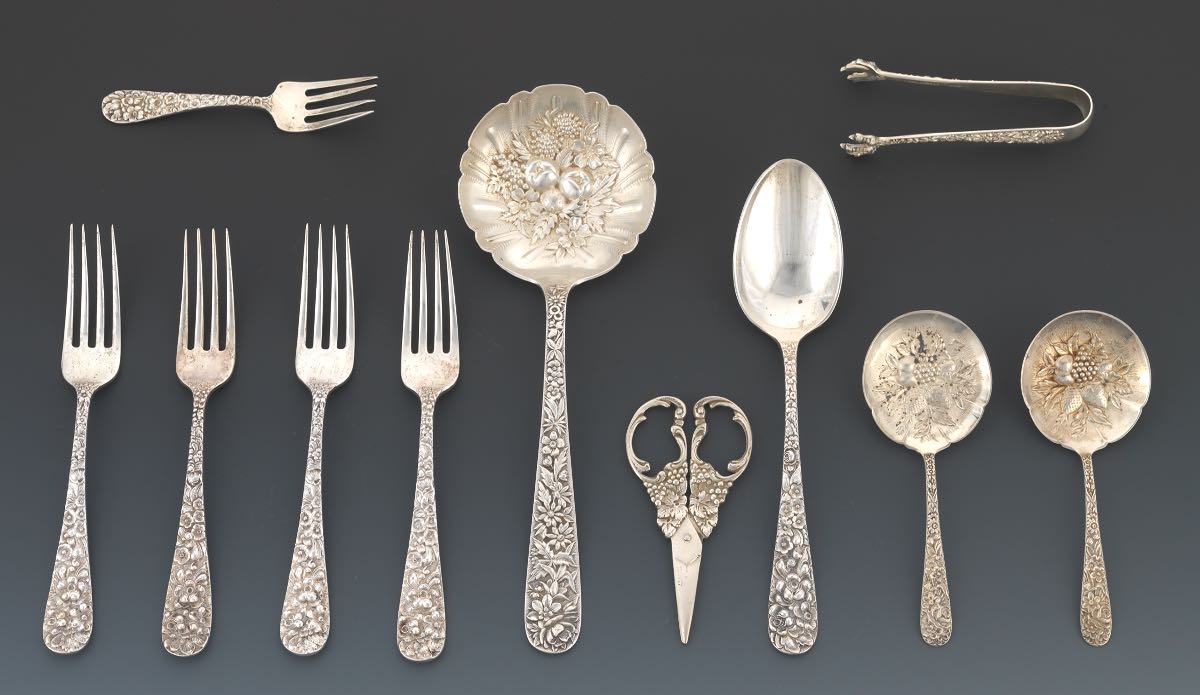
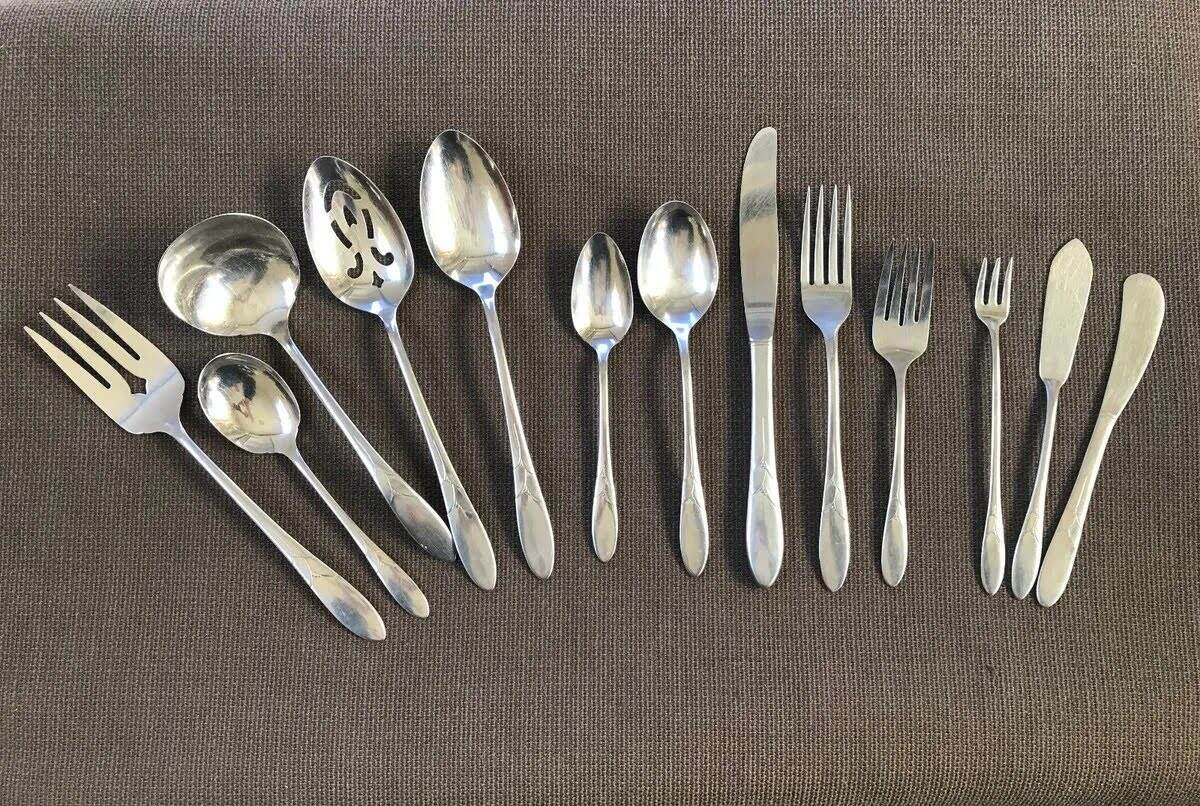
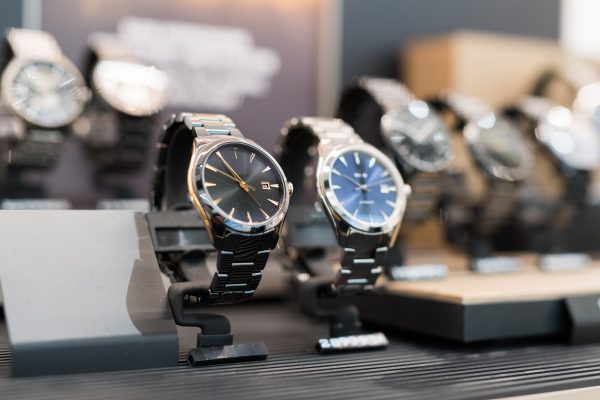

0 thoughts on “How To Make Flatware Jewelry”